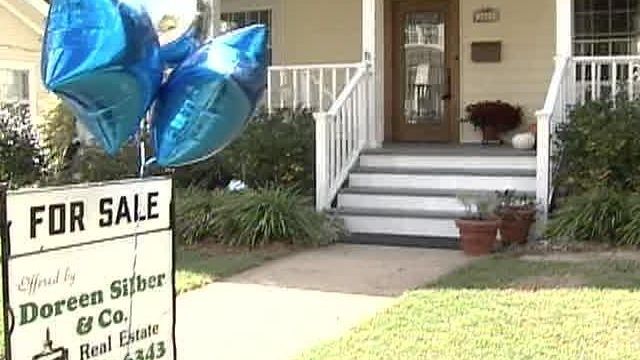Housing Market Worsens in Triangle
There were more signs Monday that the national housing slump has hit the Triangle. According to the N.C. Association of Realtors, existing home sales dropped 24 percent for the month of September compared with the same month last year.
Posted — UpdatedAccording to the North Carolina Association of Realtors, sales of existing homes dropped 24 percent for the month of September compared with the same period last year.
The slump has hit high-priced neighborhoods the hardest.
“In certain price ranges, we're seeing quite a lot of stagnation,” real estate agent Gilbert Hensgen said.
Hensgen added that not only are sales slowing, but the market has become more competitive, with an overflow of listings in certain neighborhoods.
“I've actually turned more pessimistic about the economy in the next six months. I think these numbers show the real estate slump has really hit the Triangle,” N.C. State economist Mike Walden said.
Walden said the Triangle real estate market traditionally has been steady, but the recent sales drop argues against that. He said he has worried the decline would spread to other sectors of the economy.
“We're in for a very tight six to nine months," Walden said.
So far, overall home prices haven't suffered that much. The median price of a Triangle home jumped 6 percent from $229,000 to over $242,000.
“Buyers are being very smart with picking and choosing and making sure they're priced right. And not everyone is pricing them right,” Hensgen said.
While Triangle sales are off, it could be a lot worse. It takes an average 73 days to sell a home in the Triangle, compared with a national average of nearly 120 days.
Jacksonville remained the municipality least affected by the housing downturn, with an 8 percent sales increase, followed by Wilson with a 6 percent increase.
Coastal areas improved, with the Outer Banks and Greenville posting 2 percent and 1 percent increases in sales, respectively.
• Credits
Copyright 2024 by Capitol Broadcasting Company. All rights reserved. This material may not be published, broadcast, rewritten or redistributed.






